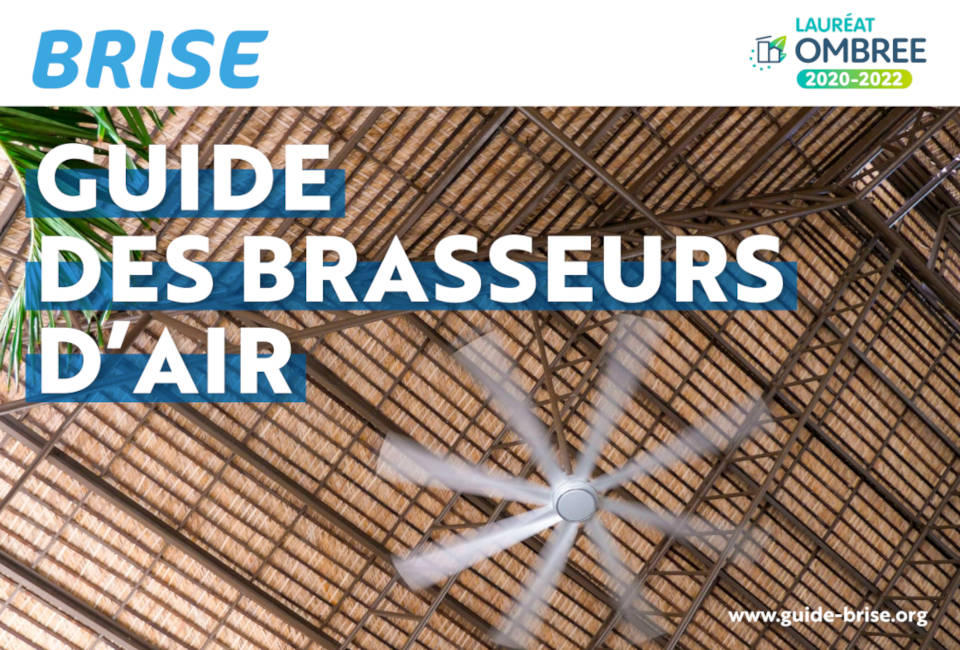The BRISE report presented by its authors
The BRISE report was made possible by the teamwork of four building professionals: Robert CELAIRE (bioclimatician engineer, Senior Lecturer at ENSAM and member of LIFAM), Laurent SÉAUVE (engineer), Vincent PRIORI (engineer) and Marjorie SINCZAK (HMONP architect). For many years now, they have been recommending the use of ceiling fans as an effective solution for providing thermal comfort at a lower environmental and financial cost in tropical and equatorial climates, as well as during the warm season in temperate countries.
The benefits of ceiling fans: a scientific and practical approach
This book provides a scientific, technical, practical and experimental insight into the benefits of ceiling fans. This equipment is intended to be frugal, providing thermal comfort in all types of building. Ideally, it should be designed and installed in conjunction with an overall bioclimatic architectural concept, which gives this equipment its full meaning. This guide has been produced completely independently of energy suppliers and does not include any commercial considerations aimed at promoting a particular manufacturer or brand of fan.
The past depreciation and current rediscovery of ceiling fans
For several decades, we have regretted that the image of fans has been tarnished by entry-level products with technical characteristics and installation qualities that are often inadequate. In many overseas territories, air conditioning has now replaced bioclimatic solutions. The majority of tertiary buildings are now equipped with it and, since the 2010s, the majority of bedrooms in homes too (particularly in the French West Indies). The BRISE guide aims to make a modest contribution to restoring the ceiling fan to its rightful place, as a piece of equipment which, in buildings built with the climate, environment and social context in mind, provides thermal comfort at a lower ecological, financial and social cost. These ceiling fans are designed to be installed in all built spaces with occupants, as an alternative to air conditioning or to complement it (seasonally or daily), with the aim of using air conditioning more sparingly and reducing its size.


